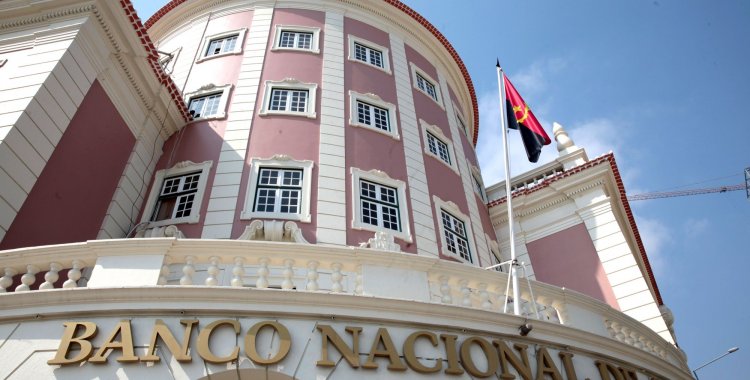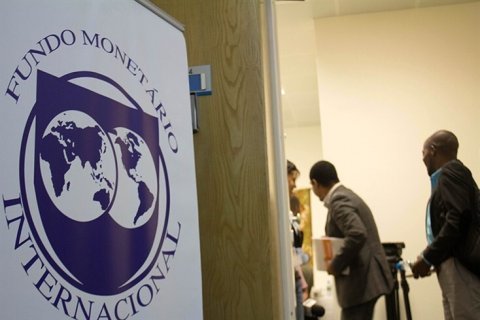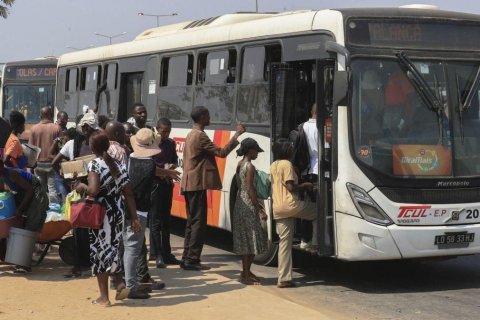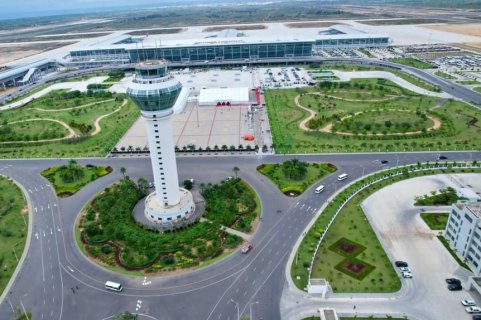The decision came out of the first 103rd ordinary session of the BNA's Monetary Policy Committee (CPM), which took place at the central bank's headquarters in Luanda, where the body also decided on the interest rate for the permanent liquidity-providing facility. by 25 percent.
The results of this first ordinary meeting of the CPM of 2022 were released at a press conference by the governor of the BNA, José de Lima Massano, guaranteeing that the body he directs will maintain restrictive monetary policy.
The CPM also decided to maintain the interest rate of the permanent liquidity absorption facility, in seven days, of 15 percent, as well as the coefficients of mandatory reserves, which remain at 22 percent.
The "slowdown in prices, which has been registered since last September, the adjusted course of the monetary aggregates, the tax relief measures for consumer goods and products and the behavior of the course of the oil price on the international market" constitute some of the grounds for the maintenance of said fees.
For the year 2022, the CPM forecasts an annual inflation rate of 18 percent, "which, despite being relatively milder than that observed in the last two years, will still remain above the medium-term objective in pursuing a single-digit inflation rate", he noted.
Achieving an inflation rate of less than 10 percent, he noted, "requires a restrictive monetary policy framework capable of positively influencing the preservation of the national currency's purchasing power."
"The BNA's monetary policy will continue to be restrictive, aiming to bring inflation down to single digits and continue the process towards the convergence band established by the SADC (Southern African Development Community, for its acronym) which is 4 percent," he said. the governor of the BNA in response to journalists.
According to José de Lima Massano, the CPM of the Angolan central bank also decided to renew the program to support the real sector of the economy, "allowing that the fulfillment of mandatory reserves by commercial banks can be carried out by the amount of credit granted and disbursed to operators in the supply chain. food production".
The renewal of the credit program for the real sector of the economy arises because foodstuffs "continue to represent the class that most negatively influences price stability in the Angolan economy".
"It is evident the need to reinforce stimuli aimed at increasing the supply of essential consumer goods", highlighted the official.
Within the scope of notice no. 10 of the BNA, which approves credits to the real sector of the economy, in 2021, financing was approved for 471 credit projects in the global amount of 634.32 billion kwanzas, corresponding to 358 percent of the minimum amount to be granted for that year.
The sectors that most benefited from this funding, in terms of amount, were the food, agriculture and animal production sectors and the beverage industry.
Today's meeting analyzed the recent behavior and prospects of Angola's main economic indicators.
José de Lima Massano highlighted the "stability of the foreign exchange market" in December 2021, a period in which commercial banks purchased a total of US$1 billion (894 billion euros) on the market and the kwanza (Angolan currency) maintained its appreciation course.
"Appreciating in the month (last December) about 4.61 percent against the US dollar, raising the annual appreciation, in the year 2021, to 18.24 percent", he highlighted.
According to preliminary data for December 2021, he stressed, the balance of the goods account was US$2.32 billion, representing an increase of 18.55 percent compared to the US$1.96 billion recorded in the previous month. .
The "sharp drop" of goods that make up the basic basket, which in 2021 contracted by around 44.68 percent compared to the previous year, partly justifying the price behavior seen in the domestic market, was also underlined by Massano Júnior.
The stock of net international reserves in December stood at 15.51 billion dollars, corresponding to a coverage of 9.78 months of imports of goods and services.
In annual terms, net international reserves recorded an expansion of around 4.27 percent "after a contraction of 13.55 percent observed in 2020".
As for the monetary base in national currency, there was an expansion "by 2.99 percent in December and, in accumulated terms, in 2021 it registered a contraction of 3.56 percent, in turn, the monetary aggregates expanded in 2.17 percent in December and 0.86 percent in 2021," he added.
BNA decides to keep interest rate at 20 percent and forecasts annual inflation of 18 percent
The National Bank of Angola (BNA) decided to keep the basic interest rate at 20 percent and expects an annual inflation rate of 18 percent for 2022, although it expects to reach, in the medium term, an inflation of 4 percent as established by the community. from southern Africa.







